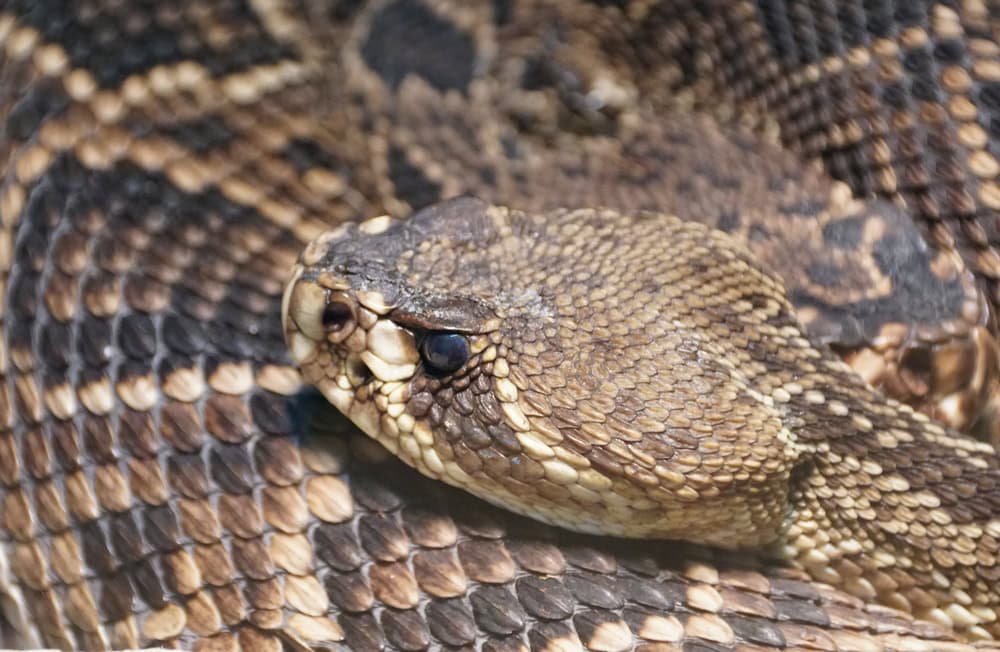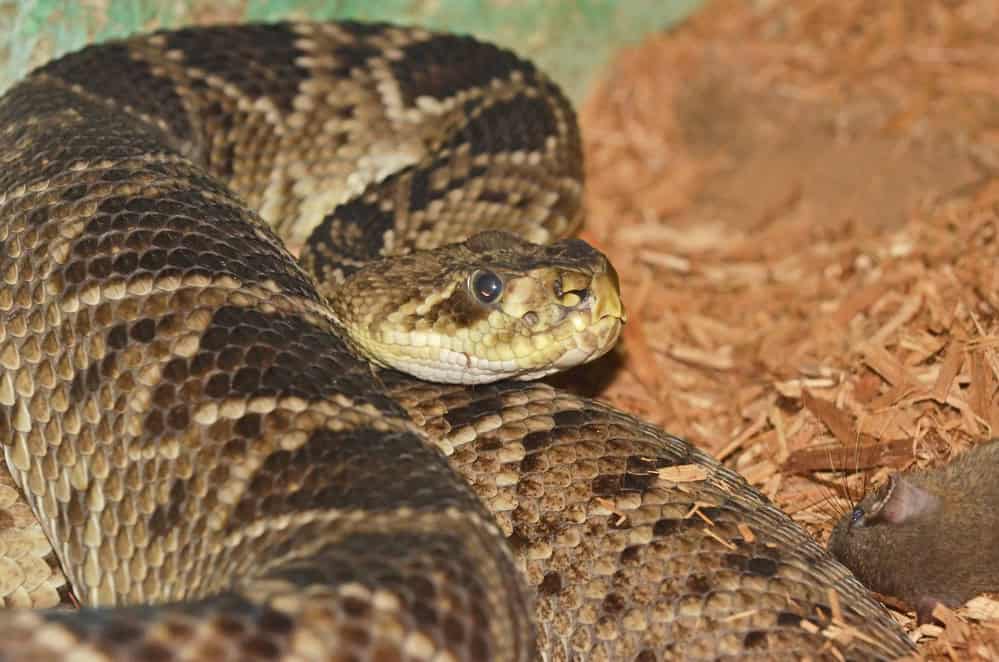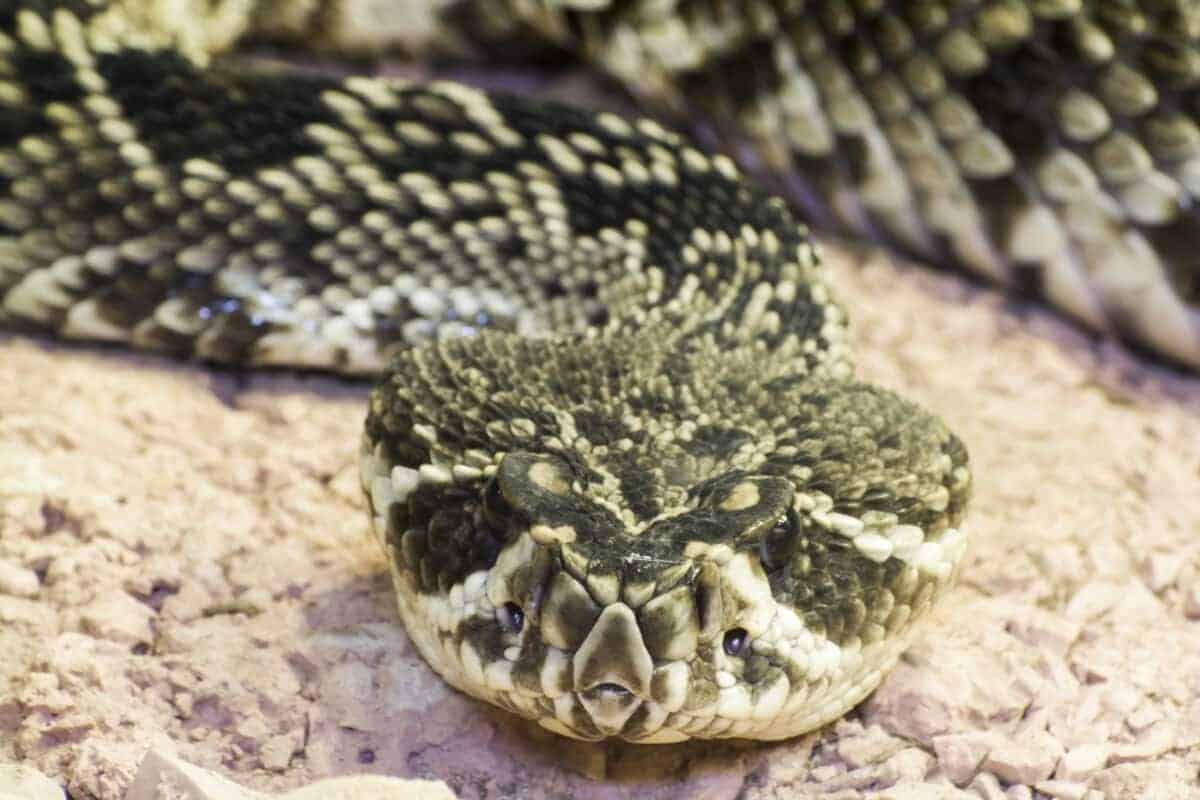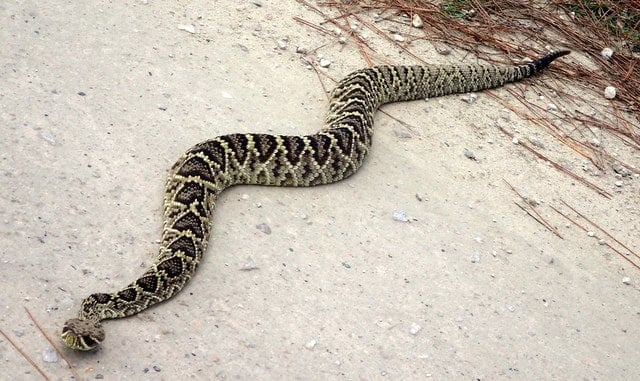The world of reptiles has always been full of intrigue and fascination, particularly when it comes to snakes. Among these slithering creatures, rattlesnakes hold a special place due to their distinctive warning mechanism and formidable reputation. This article delves into the phenomenal discovery of the largest rattlesnake ever seen in the United States and what it means for our understanding of these fascinating reptiles.
The Discovery of a Giant

In the rich tapestry of tales about colossal serpents, the account of the largest rattlesnake discovered in the U.S. stands out. This enormous reptile, encountered in the southeastern region, stunned experts and laypersons alike with its extraordinary size. Measuring an astonishing 8 feet in length and weighing over 30 pounds, this snake’s discovery reaffirmed the vast potential for surprises in the natural world.
Species Identification: The Eastern Diamondback

Identified as an Eastern Diamondback Rattlesnake, this specimen belonged to the largest of the rattlesnake species. Characterized by a distinctive diamond pattern across its back and a robust body, the Eastern Diamondback is already known for its considerable size. Typically, they average around 4 to 5 feet; however, this find far surpassed common expectations, emphasizing the species’ capacity for growth under optimal conditions.
Navigating the Rattlesnake Habitat

Rattlesnakes thrive in diverse environments ranging from pine forests to marshes and coastal dunes. The giant Eastern Diamondback discovered hailed from deep within the dense forests of Florida, where the humid, warm climates, coupled with ample prey availability, contribute immensely to the snakes’ growth and survival. Understanding their habitat is crucial for both conservation efforts and human safety.
Life Cycle and Growth Factors

Several factors contribute to the impressive size of Eastern Diamondbacks. Genetic predisposition, food availability, and environmental conditions all play vital roles. In regions with abundant prey like rodents and rabbits, rattlesnakes can attain larger sizes due to sufficient energy intake. Additionally, the snake’s longevity allows it more time to grow, culminating in giants like the one discovered.
Understanding Rattlesnake Behavior

Rattlesnakes are generally non-aggressive and prefer avoiding conflict. They rely on their camouflage and rattling sound to deter predators and alert humans of their presence. The presence of such a large rattlesnake can indicate healthy ecosystem dynamics, where these predators play a pivotal role in controlling rodent populations and maintaining ecological balance.
Human Encounters and Safety

While human encounters with rattlesnakes can be alarming, understanding their behavior is critical for coexisting peacefully. It’s important to remember that rattlesnakes will typically only bite in self-defense. Awareness of their habitats, especially during warmer months when they are most active, and keeping a safe distance are key to avoiding potential dangers.
Rattlesnake Venom: Potency and Purpose

Rattlesnake venom is a complex mix of enzymes used primarily for subduing prey rather than as a defense mechanism. It has evolved to immobilize quickly and pre-digest prey, making it easier for the snake to consume. For humans, a rattlesnake bite requires prompt medical attention, as the venom can cause severe reactions.
Conservation and Protection Efforts

The discovery of massive specimens like the largest Eastern Diamondback emphasizes the importance of snake conservation. Habitat destruction and human encroachment pose significant threats to their populations. Conservation efforts focus on habitat preservation, public education on the ecological role of rattlesnakes, and reducing human-wildlife conflict.
Technological Advances in Research

Modern technology, such as radio telemetry and genetic studies, plays a critical role in unraveling the mysteries of rattlesnake behavior and ecology. These tools allow researchers to track movements, understand population dynamics, and identify genetic diversity, which is essential for effective conservation strategies.
Ecological Impact of Predatory Snakes

Rattlesnakes, including the Eastern Diamondback, are apex predators in their ecosystems. They help regulate the populations of small mammals, preventing overpopulation and the resultant ecological imbalance. This predatory role is essential for maintaining biodiversity and the health of their habitats.
Public Perception and Education

Public perception of rattlesnakes often teeters between fear and fascination. Educating people about the vital roles these reptiles play can shift perceptions towards appreciation and respect. Public programs and workshops can help demystify rattlesnakes, urging people to regard them as essential parts of biodiversity.
Reflecting on the Giant Discovery

The encounter with the largest rattlesnake ever seen in the U.S. invites reflection on nature’s diverse capacities and mysteries. It reminds us of the need for ongoing curiosity, conservation, and respect for wildlife. As we deepen our understanding, we can better appreciate the complexities and wonders of the animal kingdom, championing their protection for future generations.
In conclusion, the discovery of such a remarkable rattlesnake serves as a testament to the grandeur and unpredictability of the natural world. By fostering an informed and respectful relationship with these often misunderstood creatures, we can ensure their continued presence in our ecosystems.
- Do Pet Snakes Show Affection - August 15, 2025
- 37 Conversation Starters That Will Make Your Grandkids Light Up - August 15, 2025
- What Makes the Pygmy Marmoset the World’s Smallest Monkey? - August 15, 2025

